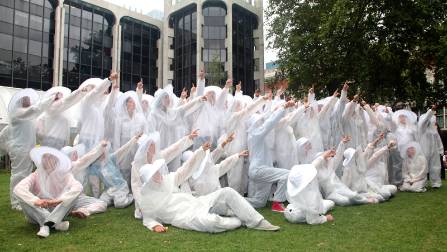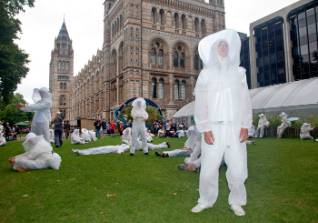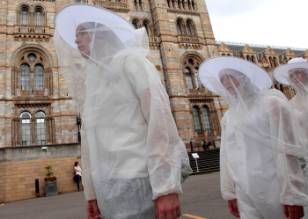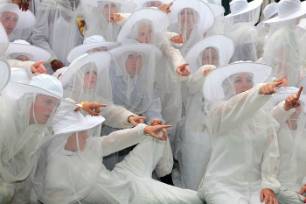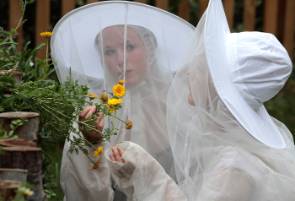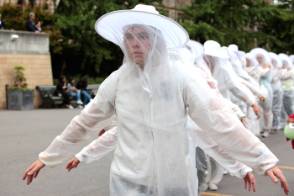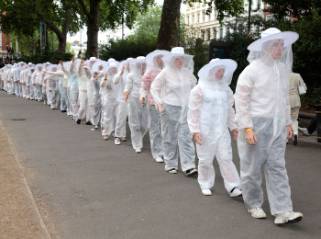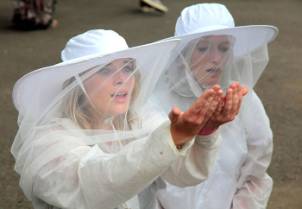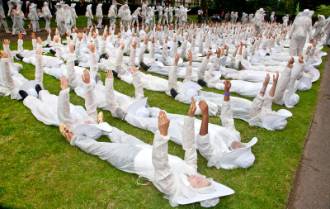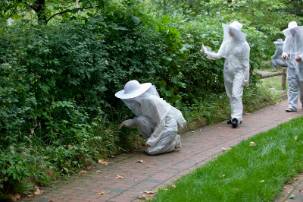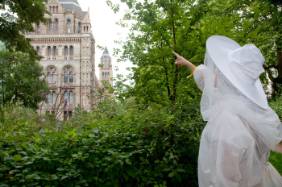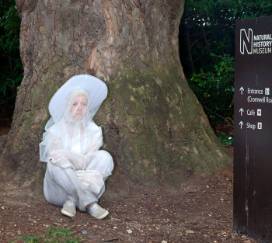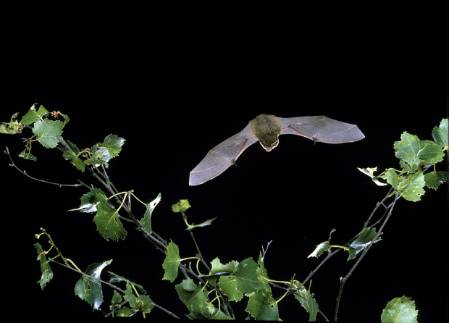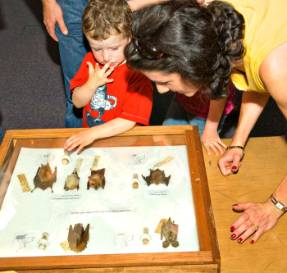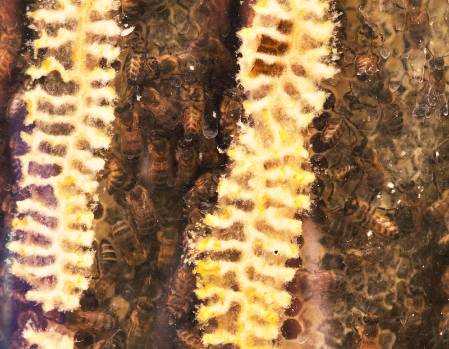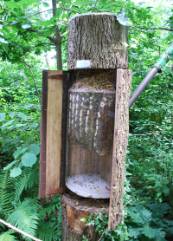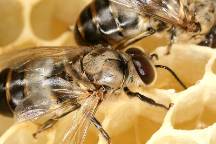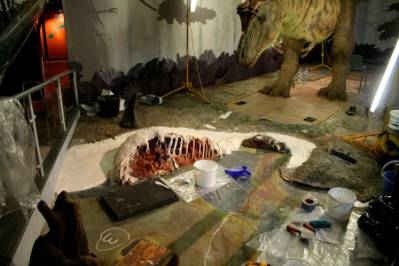A week ago last Friday, we had S'Warm, the National Youth Theatre's mass spectacle, outside in the Museum grounds. The 100s of S'warmers highlighted the plight of the world's honeybees in a dramatic swarming performance, and drew attention to the environmental challenges facing us all as the planet warms up.
'It was an atmospheric, hypnotic and moving event, beautifully choreographed,' said Laura Harmour our event co-ordinator, recalling the intriguing, surreal sight as S'Warmers descended on our East Lawn for the first part of the performance and gave out sticks of wildflower seeds to visitors.
After handing out wildflower seed sticks, the theatre cast moved off in a very, very long line across the Museum car park and over to the main front lawn, where the full contingent of nearly 400 young people completed the main performance of poetry reading, movement and accompanying music. The Wildlife Garden also featured in the drama.
'It was a real challenge for the National Youth Theatre organisers to get the S'Warmers here as they all came by public transport - in full costumes of paper beekeeper outfits, complete with eerie-looking veils.' said Laura.
Our event on 20 August was part of S'warm's week of events across London. Some of the other famous landmarks they swarmed at included the Bank of England and MI6. Find out more about S'warm
Enjoy these photos if you missed the performance here. (They remind me of a particularly weird Doctor Who episode.) Click on the images to enlarge them.



